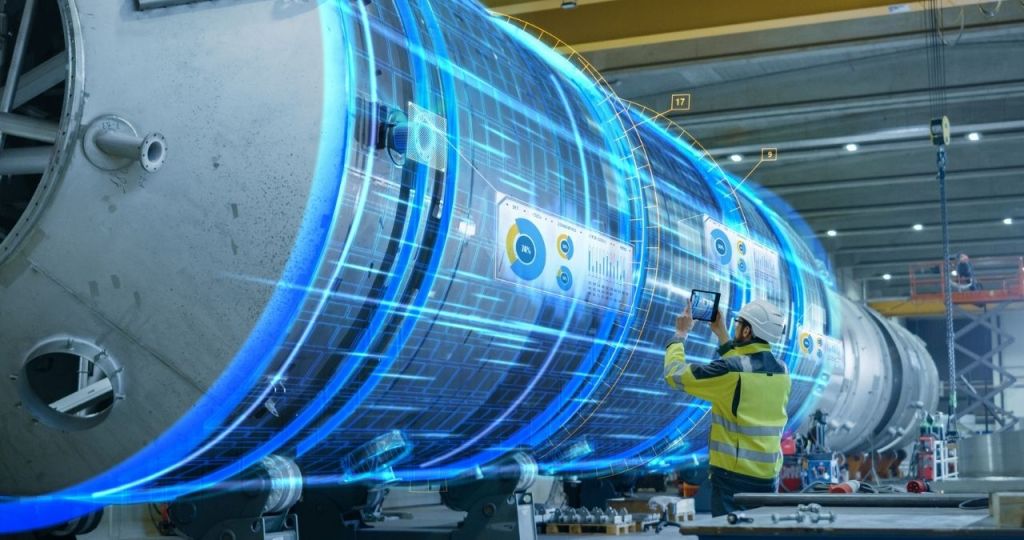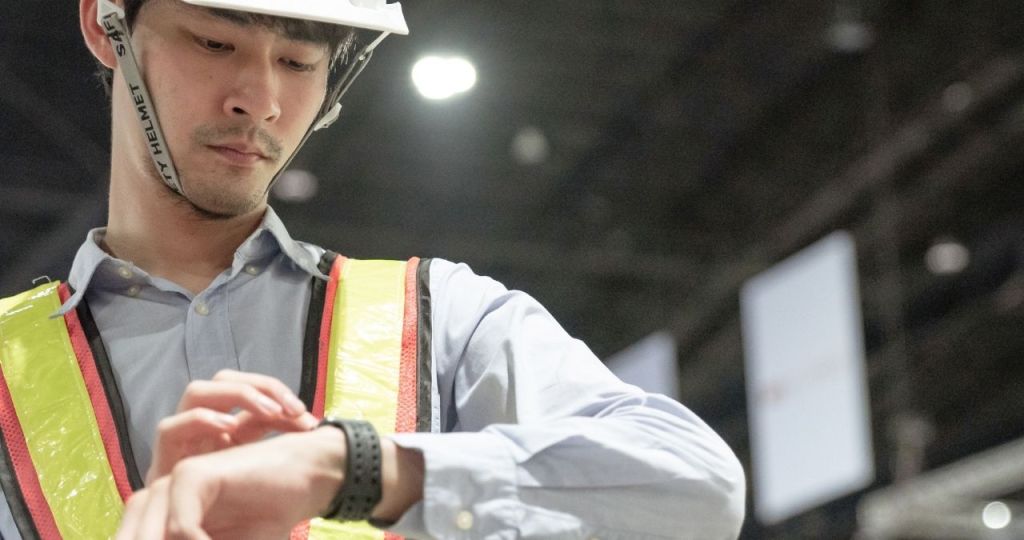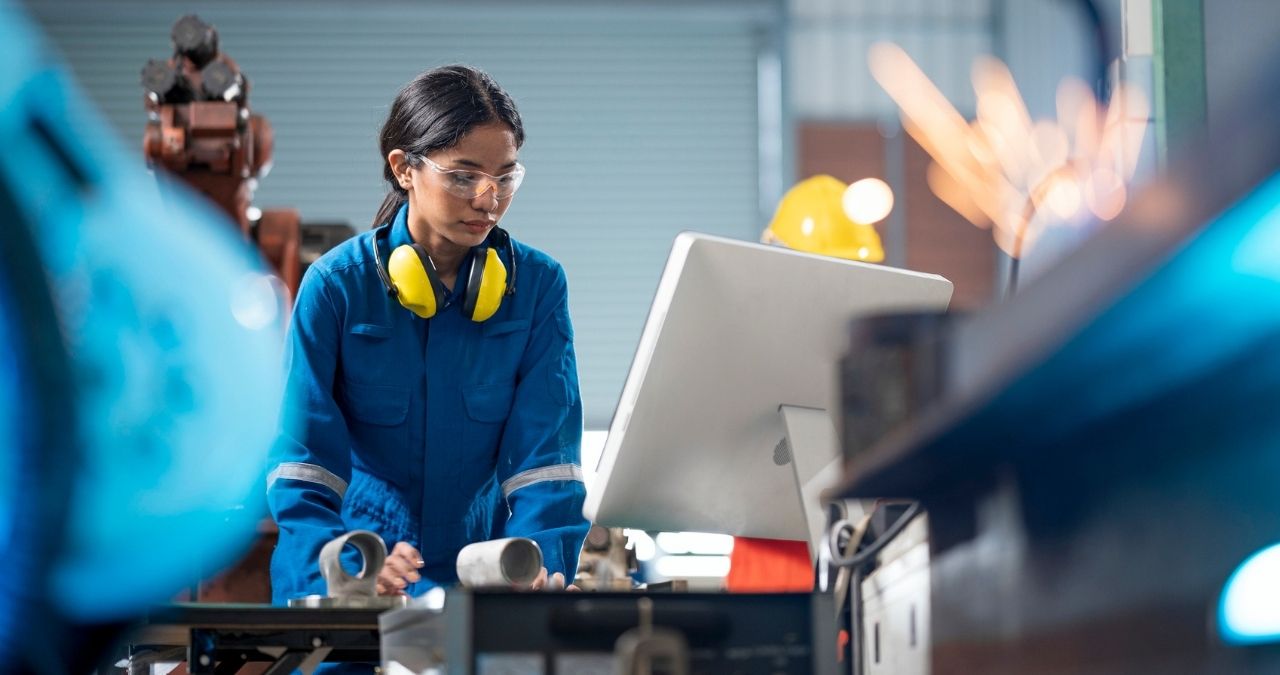Manufacturers globally were making some progress to digitally transform before the pandemic. Pilots and scaling of emerging technologies like robots and machine learning (ML) were underway to build smarter, increasingly automated and more cost-effective factories.
Yet no matter where their initiatives stood, the disruption caused by COVID-19 accelerated manufacturers’ digital plans and drove progress toward the "factory of the future."
A full 94% of manufacturers surveyed for the Fictiv 2021 State of Manufacturing Report said the pandemic portends long-term changes for their businesses. And according to almost all (95%), now completing their digital transformation journeys would be critical to future success.
These are the most popular emerging technologies being deployed today to build and run the factory of the future.
1. AI & Machine Learning
AI and its subfield, machine learning (ML), are gaining popularity in manufacturing. By infusing computer intelligence and self-learning into factory processes, AI and ML have tremendous potential to increase efficiency, flexibility and quality for optimized operations.
A Boston Consulting Group (BCG) analysis of AI in the Factory of the Future found the right combination of AI technologies can reduce producers’ conversion costs by as much as 20%. Seventy percent of the=at reduction could come from greater workforce productivity.
According to Oxford Economics’ “Beyond the Crisis” report, more than one-third (34%) of manufacturers are already investing in AI to:
- Augment their workforces.
- Solve critical challenges.
- Accelerate their digital transformations.
Manufacturing companies that adopt AI early will reap the biggest benefits. A McKinsey analysis found a financial chasm between companies that adopt AI within the first 5-7 years and those that lag. AI “front-runners” will see a positive 122% cash-flow increase, whereas “followers” will see an only 10% boost in cash flow.
Manufacturing leaders are sprinting ahead with digital and analytics, and changing the rules of the game. A broad scale-up of innovation across the value chain is needed to ensure more winners share the spoils.
McKinsey & Co.
2. IoT Technologies
IoT is a critical foundational technology for many other factory of the future innovations, such as robotics, virtual and augmented reality (VR/AR), and wearables. All of these devices have embedded sensors to connect to and exchange data with each other and other systems over the internet.
Most of the value of deploying IoT in manufacturing comes from optimizing operations. IoT can radically reshape every aspect of product development and delivery—from the plant floor across the entire value chain. IoT provides real-time transparency into operations while delivering comprehensive information about the health of systems, down to the tiniest component.
It’s an expectation now that the IoT will fundamentally change not only the computer industry, but also society. The IoT will be a significant driver of what’s coming to be known as ‘the fourth industrial revolution.
Greg Bollella, VP, Office of the CTO, VMware
3. Virtual & Augmented Reality
VR and AR are already here—and quickly becoming more entrenched in manufacturing. Leading producers are using VR and AR for a wide variety of actions:
- Designing and prototyping products.
- Maintaining and repairing products.
- Inventory management.
- Employee training, especially safety measures.
For example, in a sensitive manufacturing environment, a VR/AR device could automatically display temperatures, sound levels, user manuals and other critical information. This enables employees to understand all the components or equipment and how to best manage it.
Statista reports that across all industries globally VR devices will hit 40.1 million units in 2021, and AR glasses will reach around 19.1 million units, for a total of 59.2 million units.

One-third of manufacturers have either already adopted VR/AR or will within the next few years, found a pre-pandemic PwC survey.
4. Robots
Robots working on assembly lines go back decades. Today, less expensive, more flexible and more capable robotic technology is rapidly becoming embedded in manufacturing facilities around the globe. Two of the primary growth motivators are cost-efficiency and consistent quality.
The automation of virtually every factory function—materials, assembly, finishing, packaging—as well as completely “lights out” factories make robots highly attractive. There is no care and feeding required. Robots work 24x7x365. Robots also easily manipulate miniscule parts and complete complex joinings that humans are incapable of doing.
According to the International Federation of Robotics (IFR), annual shipments of robots has more than tripled within the last decade (2010-2019), adding up to more than 381,000 units.
The biggest challenge for manufacturers: how best to use increasingly sophisticated—and intelligent—robots as they seek to move personnel to higher-value work while saving money.
5. Wearables
As manufacturing IoT use increases—with sensors embedded into more solutions powering factory processes—wearable technologies are also on the rise. These smart devices—smartglasses, smartwatches or other diminutive accessories—can be used to both monitor and improve producer productivity, safety and efficiency.
Wearables overlap with AR and IoT in that they are designed to merge a continuous stream of real-time data into users’ working lives, so they don’t have to search for it when they need it.

The overall global wearable market hit $27.91 billion in 2020, including both consumer and industrial use. Wearables now outpace smartphone growth across all industry sectors.
On manufacturing sites, a smartwatch can measure body temperatures and postures, as well as falls in high-risk environments. This can boost worker safety and accident prevention in real time.
6. Modern Apps for Predictive Analytics
Manufacturers are deluged with real-time data. Not only from IoT sensors on assembly tools and production equipment but from computer systems and video surveillance systems. The challenge: how to best leverage it all for competitive edge? The answer: modern applications.
Manufacturers already deploying modern cloud-native applications are:
- Accelerating predictive analytics.
- Improving quality.
- Increasingly yield.
- Enhancing productivity.
- Optimizing supply chains.
- Reducing costs.
Through predictive analytics, for example, manufacturers can prevent a critical asset from causing unplanned downtime.
And increasingly during the pandemic, manufacturers have looked to cloud computing to help them store and process more data. Modern apps and a robust multi-cloud strategy, enabled by the simplicity of a single digital foundation, are reducing operational complexity while boosting resilience.
7. Blockchain
A critical difference between old and modern factories is the continuous sharing of data. This is true for both operations and offsite locations across complex supplier, distributor and other partner organizations in the value chain. Traditional databases don’t work well in such environments. Blockchain does.
For manufacturers, blockchain is useful for sharing data within complex supply chains. As a distributed ledger that offers users a single and tamperproof source of truth, it creates an immutable (unchangeable) record of all transactions of interest to the participants. Blockchain also offers complete visibility and a single source of truth.
Imagine creating an immutable record of quality checks of parts flowing through the supply chain, eliminating inbound audits. That’s what a trusted production blockchain platform can do for manufacturers.
The Factory of the Future: Technology-Driven Resilience
Manufacturers around the world are increasingly adopting emerging technologies to thwart disruptions and downtime introduced by unknowns. They are driving toward greater resilience—prepared for whatever happens today, tomorrow and beyond—by innovating with factory of the future technologies now.
